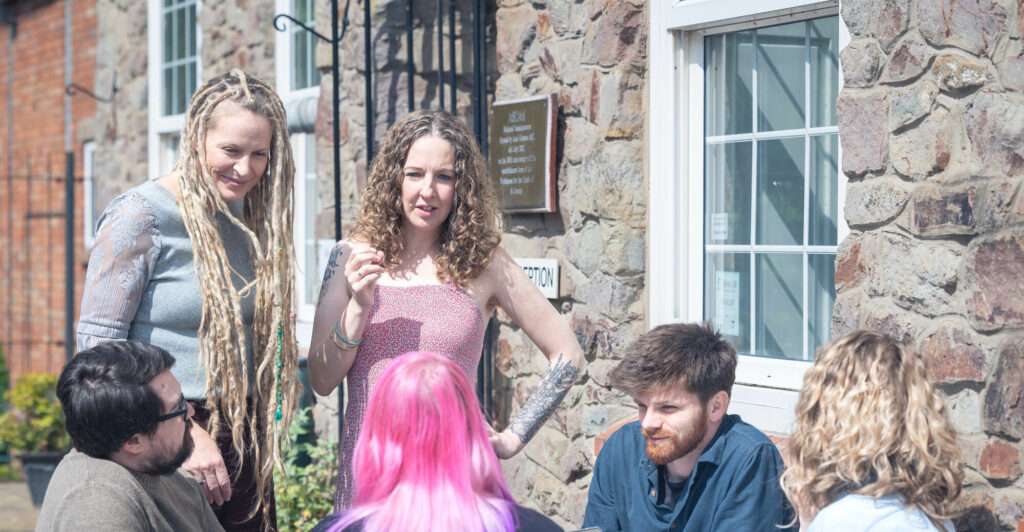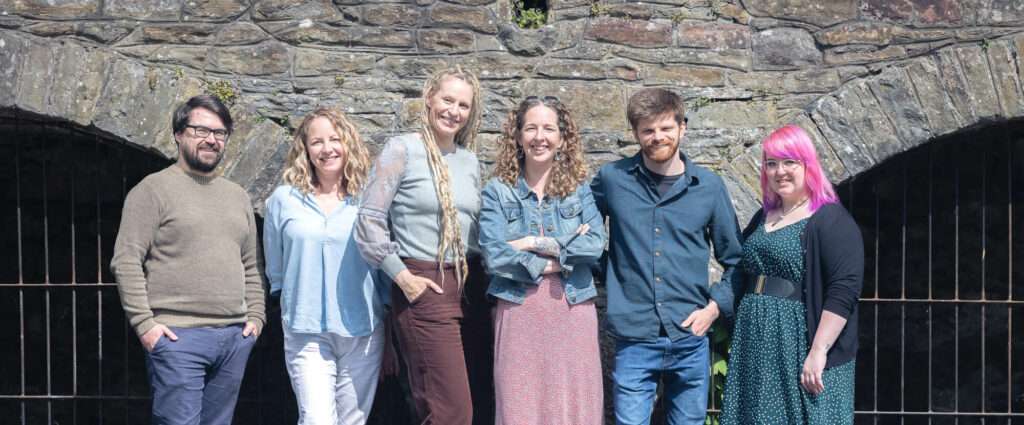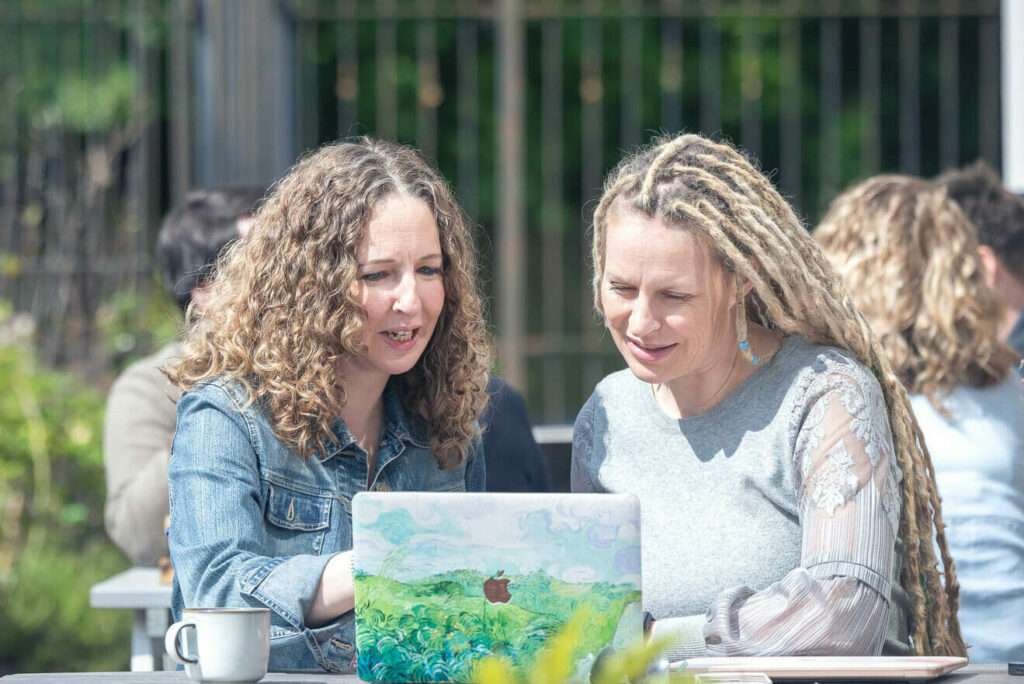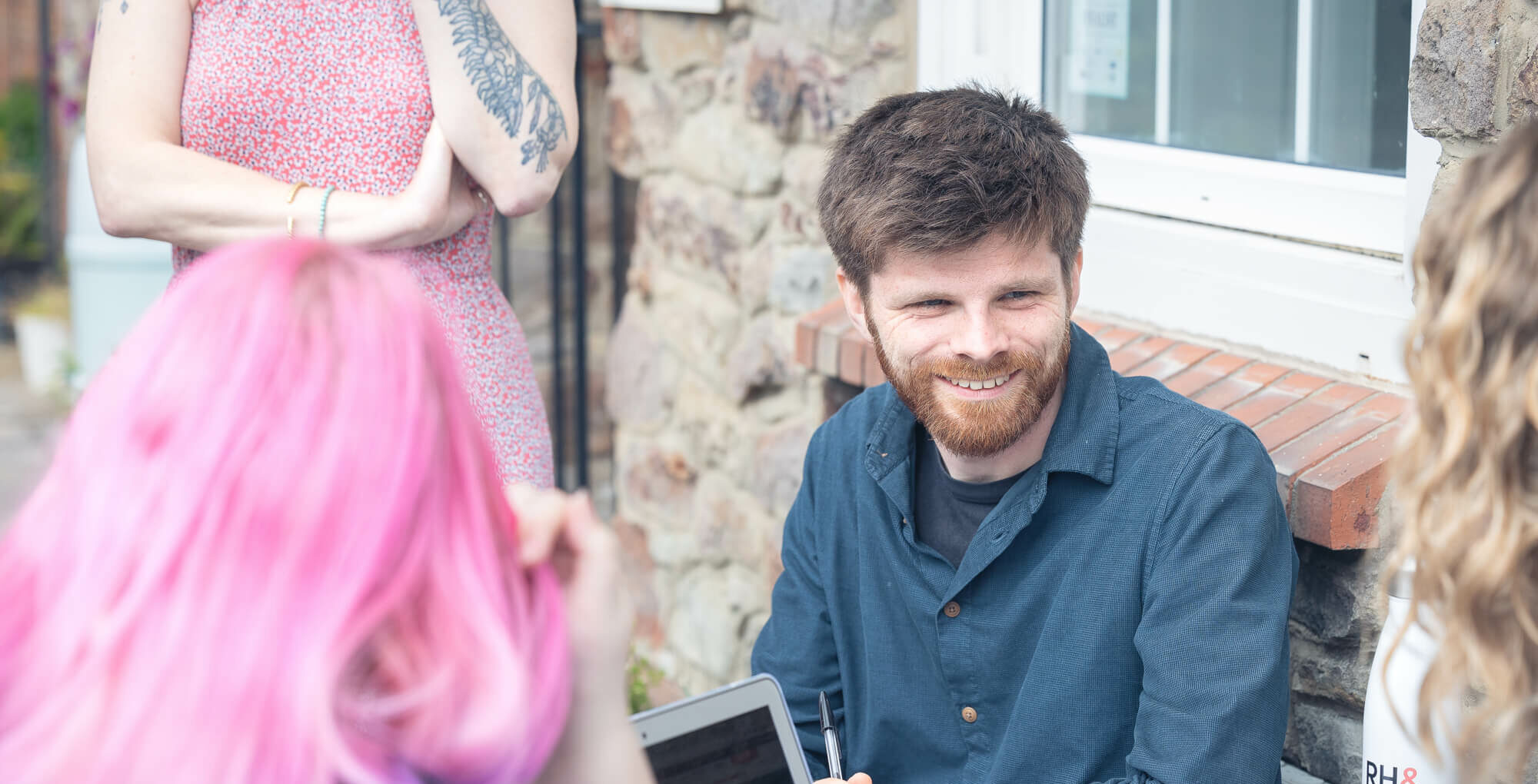
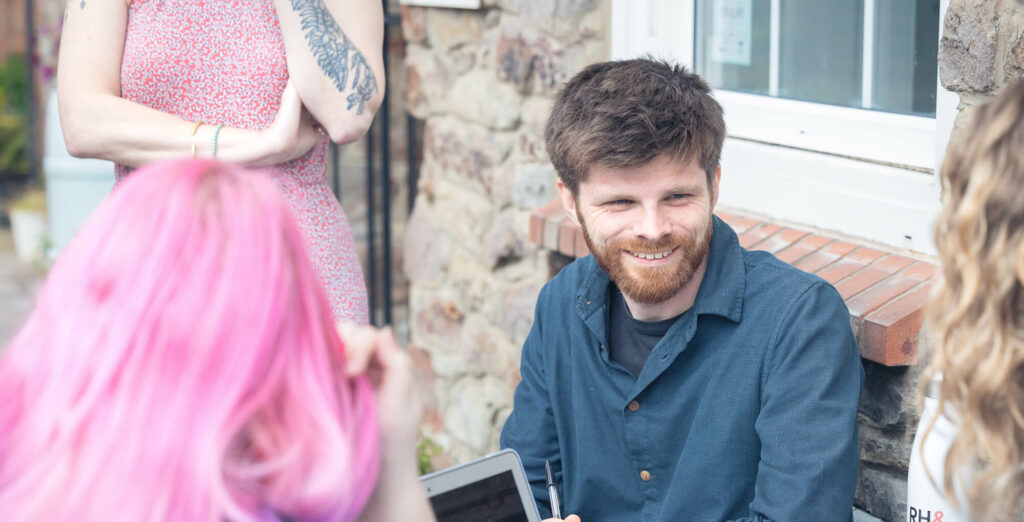
How to explain a complex value proposition in a nutshell
Explain what you do and why your audience should care.
You have 12 seconds.
Here’s one we did earlier:
We find the right words for expert-led businesses. We clarify their brand message and create strategic content to make them stand out as authorities in their field.
That’s the RH&Co value proposition in a nutshell. It took quite a bit of work and a fair few conversations before we were able to communicate this so clearly. And what we do is – in the grand scheme of things – relatively simple to explain. We’re copywriters, content strategists, marketers.
Many of our clients, however, are experts in complex subjects that don’t lend themselves to a one or two word description. We’ve worked with a number of them to create foundational copy, messaging and brand voice guidelines to help them clearly communicate what they do.
Here’s a few questions that we’ve found helpful to ask along the journey:
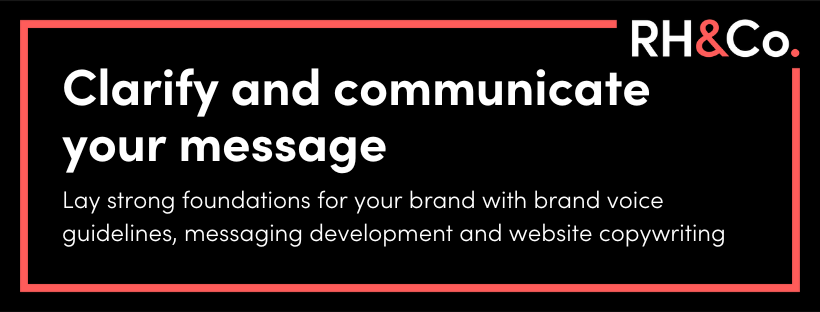
Does every stakeholder in your audience speak your language?
The first and most important step in any communication is to know – really know – who you’re talking to. If you’re a B2B tech brand with a no code/low code product and your target persona is a CTO or CIO who already knows the API calls they need, then talking at an expert level and using appropriate jargon is perfectly acceptable.
If, on the other hand, you first need to win over a stakeholder with less technical knowledge, you’ll need to think about what they might need to understand, what might confuse them, where they might draw the wrong conclusions or be put off by technical language.
The beauty industry is a great example of where brands do value proposition well. Sure, they might mention retinol or keratin or silica to give a gloss of scientific weight to their advertising. But they know that their audience aren’t scientists – they just want younger looking skin, glossier hair, and sparkling white teeth.
The same often applies to tech products and users. When we worked with The Land App to create messaging for their brand, we needed to find language that would position their product as an expert-level mapping tool.
We also needed the messaging to resonate with a diverse audience made up of everyone from farmers and estate managers to ecologists and surveyors.
To avoid patronising the technical experts, we needed to talk about ‘data layers’ and ‘delivering biodiversity net gain’ but we also needed to summarise the essence of this multifaceted product in language every potential user could understand.
We settled on messages such as:
- “Design a sustainable planet, together”
- “Intuitive mapping, collaboration and insight”
- And, to make it super clear who benefits, “Join our network of farmers, farm advisors, land agents, estate managers, ecologists, foresters, surveyors and landscape recovery projects”
So even if you’re not an ecologist looking to deliver biodiversity net gain, you can quickly see how The Land App’s product might help you achieve your vision.
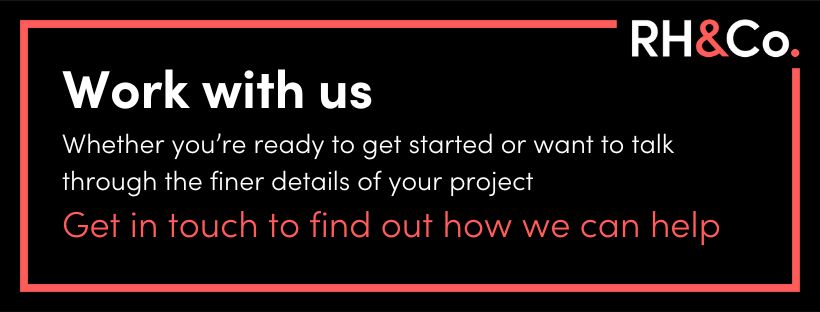
Are your features clear in your value proposition? And are your benefits believable?
When it comes to encapsulating benefits vs features in your value proposition, the best description of the concept is the truth universally acknowledged by marketers: no one wants a quarter inch drill bit; they want a quarter inch hole.
The trouble is, these days, lots of brands are claiming to offer the same hole a million different ways.
- Attract and retain your customers
- Engage your employees
- Transform your culture
And, of course, the classic:
- Save time and money.
In the end it all sounds a bit like vapourware. Marketers mustn’t forget features in their rush to sell the benefits. Your SaaS product, ESG consultancy offering or L&D programme might be difficult to summarise, but don’t settle for broad, vague promises in an attempt to make it simple.
Rather than toning down the richness of the expertise involved to make your brand understood, it’s more about finding the right blend of features, benefits and language.
Futureground are a team of subject matter experts in the truest sense. Their partners have even described them as polymaths (think Leonardo Da Vinci) of the built environment. However, describing what they do is a much tougher challenge. Not least because it looks different for every single client they work with.
Some of their competitors have floundered here, describing themselves as ‘delivering sustainable solutions’, which is about as vague as you can get.
We went for something more concrete for Futureground:
Who is walking with you through complexity?
We’re sustainable place strategists with decades of experience working across the property lifecycle, and we can step alongside you as a critical friend in this complex world.
Sometimes this means forming an action plan. Often it means working closely with stakeholders. It always means asking good questions.
Then we grounded all of that in social proof through case studies. You can find out more about the rebranding journey on the Futureground website.
Does your audience know they need you?
What made the Futureground case even more challenging was that their audience is often not problem-aware.
If your audience is problem-aware, they know they have an issue. But when they are pretty low problem-aware, they need some help defining the real issue. So perhaps they think they need more leads but what they actually need is better quality leads or better CRM tracking.
This is where you really need to drill down and understand your audience – so you can figure out how to position your solution in a way that makes them want to solve a problem they don’t know they have.
This is toughest when you’re looking to disrupt the market in some way. A product or service that sits in a category of its own, or across more than one category, so that people either have no idea what it is or confuse it with things it isn’t.
Let’s take Nespresso as an example. When they first brought out their pod-based coffee model, people may well have laughed. Why would you want to spend 40p on a cup of coffee you had to make yourself, when you can have any other instant for a fraction of the price?
But Nespresso knew that their audience wasn’t looking for a better tasting instant coffee. They were looking for a cost effective alternative to high quality take away coffee, which they could make in the comfort of their own home. And so that’s how they communicated their offering.
Slack played a similar trick in their initial marketing campaigns. They didn’t try to sell themselves as a messaging service or a digital workplace. Instead they simply said: ‘Slack replaces email in your company’. The people came, because while few companies knew they had a comms problem, once pitched against email, Slack made sense instantly.
Use this value proposition pitch format to help explain what you do
Whether you’re selling a complex technology product or you’re delivering your service via a disruptive new business model, it’s important that you can communicate your business offering in a way that is clear and easy for your audience to understand.
Use this pitch format to start honing your key messaging: For [your ideal customers or clients] who are [trying to do X or facing X challenge], [your product or service] is a [product category] that provides [key value proposition]. Unlike [closest alternatives] [your product or service] offers [key features].
If you’re struggling to put it succinctly, you have more work to do.
If you run it by a potential user and they don’t instantly grasp the value, you have more work to do.
You don’t have time to explain everything.
You can’t afford to be misunderstood.
You need a complex value proposition in a nutshell.
To find out more about how we can help you define and communicate your business offering, get in touch to learn about our brand voice, messaging and other consultancy services.





